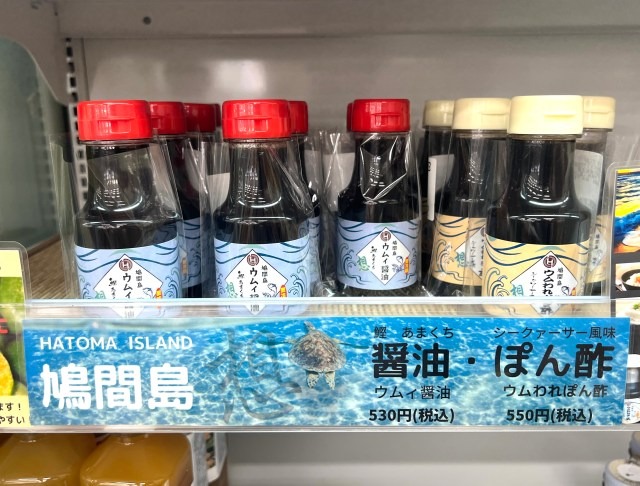
It’s a saucy little island.
The Yaeyama Islands are a group in Okinawa Prefecture that is so far southwest it’s practically on Taiwan’s doorstep. The most well-known and populous of these is Ishigaki Island, which our writer Kouhey recently visited to check out some colorful Shima Gyoza.
But a couple dozen kilometers away is the tiny island of Hatoma which is about one kilometer (half a mile) in diameter and boasts a population that hovers around 50 people. That being said, it overachieves in the fame department, having been the backdrop for the 2005 television show Ruri’s Island which had a popular theme song titled “Koko Ni Shika Sakanai Hana” (The Flower that Only Blooms Here).
But while Ishigaki itself can be considered remote by most people’s standards, Hatoma is remote even by Ishigaki standards. In fact, even though Kouhey comes to the Yaeyama Islands frequently, he’s only managed to go to Hatoma once before. It’s rather difficult to get to as the only ferry that goes there from Ishigaki is often canceled.
This time he managed to arrive on the shores of Hatoma once more and decided to browse around the JA Okinawa Farmers Market Yaeyama Yuratiku Market.
While inside, a couple bottles of sauce caught his eye. The sign on the shelf read “Umui Soy Sauce” and “Umuware Ponzu Sauce.”
Another sign explained that “umui” is the Japanese word “omoi” in a local dialect which has a somewhat loose meaning of “wanting”, “spirit”, and “emotion”, so “umuware” would seem to have a passive voice sense of “being wanted” or “being thought of fondly.” In other words, these sauces are filled with the feeling of the island.
That was enough to sell Kouhey on a bottle of each. The soy sauce was 530 yen (US$3.50) and the ponzu, which is a sauce with a similar look and consistency to soy sauce but with a very different citrusy taste, cost 550 yen ($3.70).
Soy sauce and ponzu are generally recommended to be refrigerated, but there are those who believe it’s better not to. These bottles are unique in that they dispel all doubt and flat-out say, “Refrigeration Needed.”
Kouhey decided to wait until he arrived home before trying them so he could run a full battery of taste tests against their standard counterparts. First up was a platter of tuna sashimi.
In this round, Umui Soy Sauce, brewed on a tiny island of 50 people, went up against some Yamasa Sashimi Soy Sauce, brewed by a company with a workforce of over 800 people.
Kouhey commenced by dipping a piece of tuna in the popular Yamasa sauce. Sure enough, it was the familiar taste he knew and loved. It immediately triggered an urge to have a beer with his pleasant meal.
Next was the Umui Soy Sauce, and at first taste he found it to be very similar. However, after savoring it a little more, the umami-filled flavors of dried bonito and kelp began to emerge. Also, because Kouhey refrigerated the bottle it was cooler and seemed to fit the cool temperature of the sashimi better too.
He then tried both soy sauces drizzled on some chilled tofu.
Again, the Yamasa sauce gave him that reliable taste of tofu and soy sauce with no complaints.
The Umui Soy Sauce, on the other hand, again brought extra flourishes of flavor while also enhancing the natural taste of the tofu. It was perfect compatibility.
While fine in its own right, Yamasa was getting trounced by the Umui Soy Sauce, so for the final item, it tagged out with Amakute Oishi Soy Sauce by Fundokin.
This time another soy sauce classic was selected with tamago kake gohan (TKG).
He poured a generous amount into each bowl…
…and allowed it to seep into the rice.
Amakute Oishi has been Kouhey’s favorite soy sauce with TKG for as long as he can remember. It has an unrivaled sweetness that goes perfectly with the egg and rice in this dish. It’s a TKG soy sauce he couldn’t recommend enough.
Umui Soy Sauce had its work cut out for it on this one. However, after taking a bite, Kouhey was blown away by the taste. It was hard to compare with Amakute Oishi because this sauce had a more savory deliciousness with the umami enhanced by the egg. It was also excellent and had an addictive quality that made him feel like eating four more bowls.
After confirming that the Umui Soy Sauce was an outstanding condiment, it was time to turn his attention to the Umuware Ponzu.
This time it would once again go up against Yamasa and their Kelp Ponzu.
The first round will see how each ponzu complements a grilled flounder fillet.
Once again Yamasa is poured on first…
…again, it was a solid taste that sparked an urge to eat some grated daikon.
The Umuware Ponzu, however, brought things to a whole other level.
It felt like it was in harmony with the flavor of the fish and Umuware Ponzu’s taste of Okinawa lime was subtle enough to make its presence known without overpowering the other flavors.
Next, Kouhey tried each on some salads.
This was his first time using ponzu on a salad, so he was sure not to get that classic taste from Yamasa this time.
He was surprised to taste how well it went with salad, though, and regretted never having done it before. It was good enough to make him want to use ponzu as a salad dressing from now on.
Next, Kouhey tried the Umuwazu Ponzu with a salad. Considering Yamasa didn’t have the advantage of fond memories with this dish, it wasn’t looking good.
But much to his surprise, the Umuwazu Ponzu wasn’t quite up to snuff on a salad. It had a thicker taste that made the salad feel less refreshing than the Yamasa ponzu. Yamasa’s sauce was also kelp-based which might have helped it blend better with the vegetables.
With the two ponzu tied, this match-up was to be decided by the mixed rice dish of takikomi gohan.
This was also a first-time pairing of takikomi gohan and ponzu, so our writer didn’t know what to expect. The Yamasa ponzu was a pleasant surprise and the flavorful sauce mingled well with the various ingredients embedded in the rice. This was another combination that he was sure to try again.
The Umuware Ponzu, however, was an even more amazing experience. Its less tart taste made it a totally different experience from the previous one. The subtle yet very distinct taste of the Okinawa lime fit in well with the rice and gave the entire meal a unique character.
In the end, there’s no question that Umui Soy Sauce and Umuware Ponzu are both great sauces with a lot of uniqueness and depth. Eating them did fill Kouhey with a longing for the scenic beauty of Hatoma Island.
The sauces truly are flowers that only bloom on that remote island, but as luck would have it, they’re also available online and delivered anywhere in Japan. For a fan of either sauce, they’re worth trying at least once.
Related: Adanashi Shokudotani
Photos ©SoraNews24
● Want to hear about SoraNews24’s latest articles as soon as they’re published? Follow us on Facebook and Twitter!
[ Read in Japanese ]

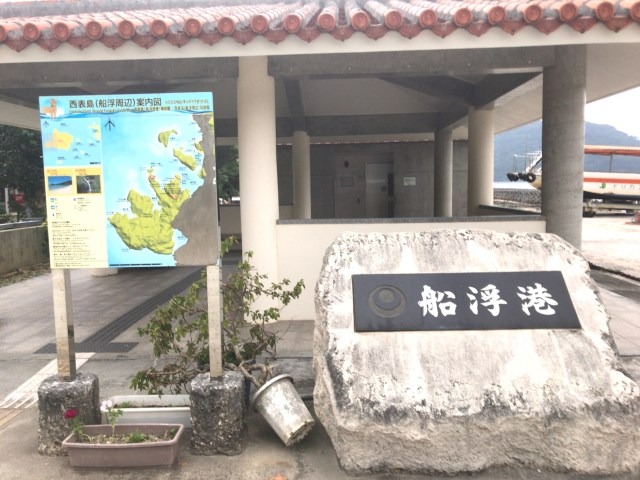
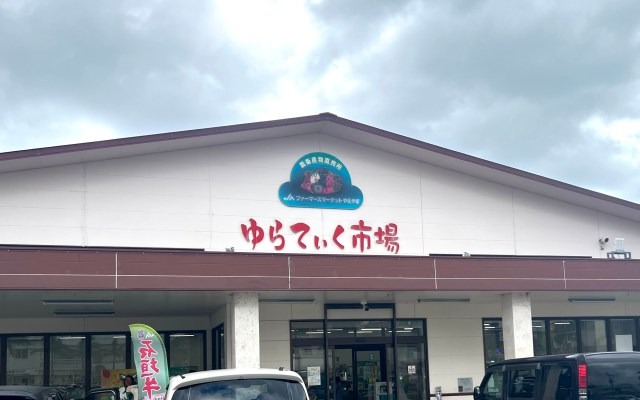

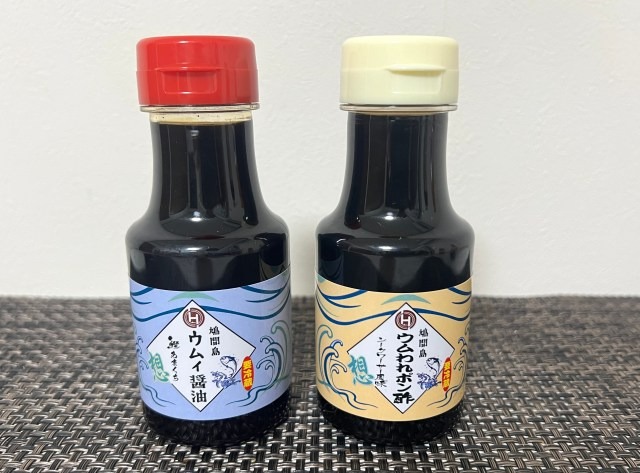

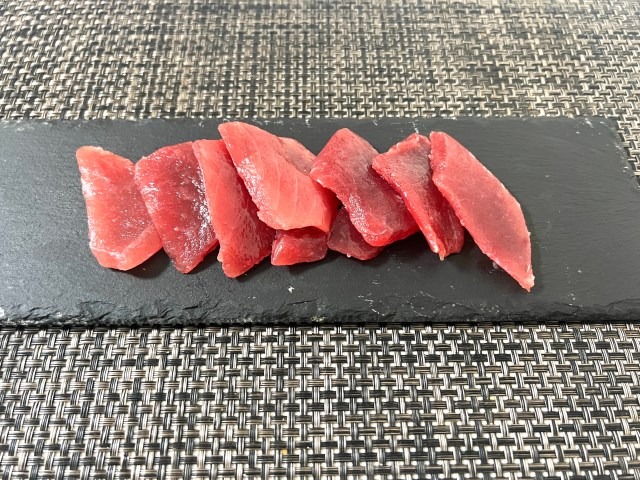
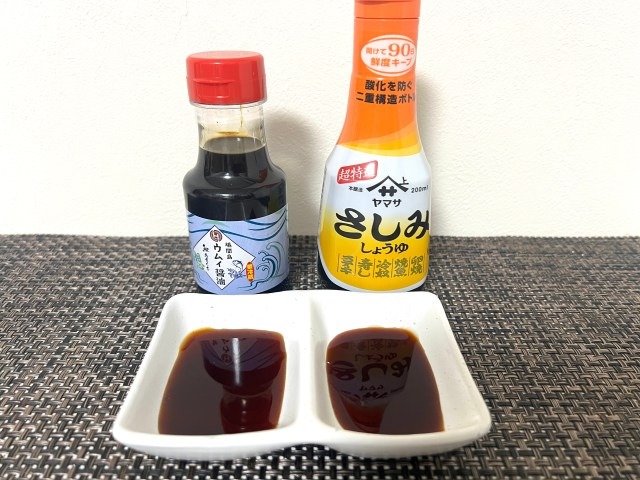
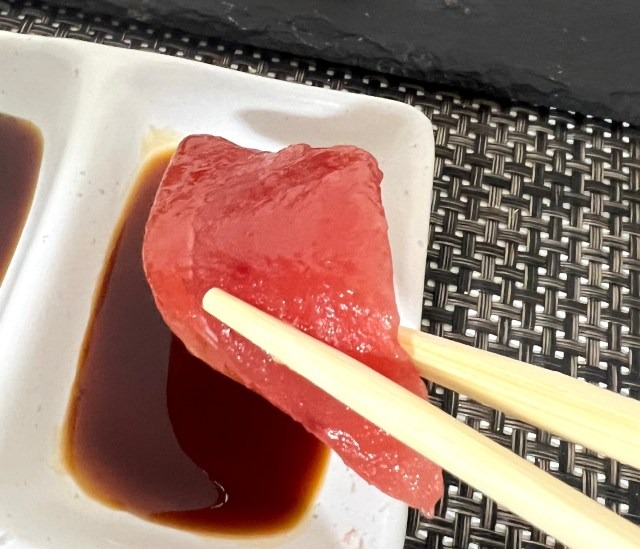
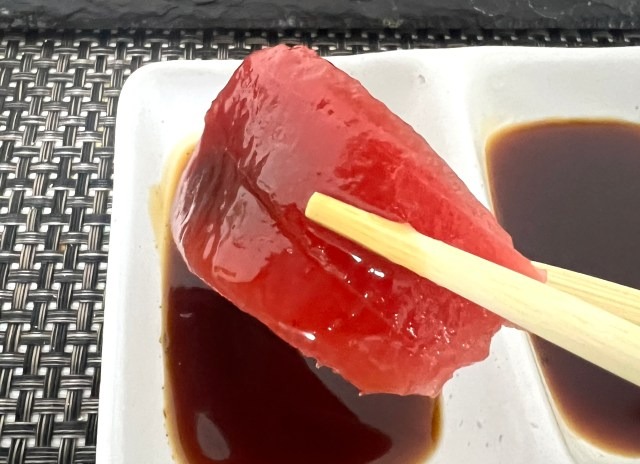
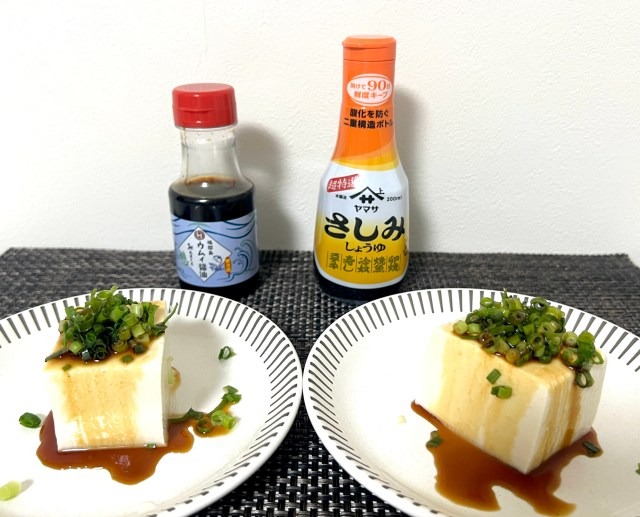
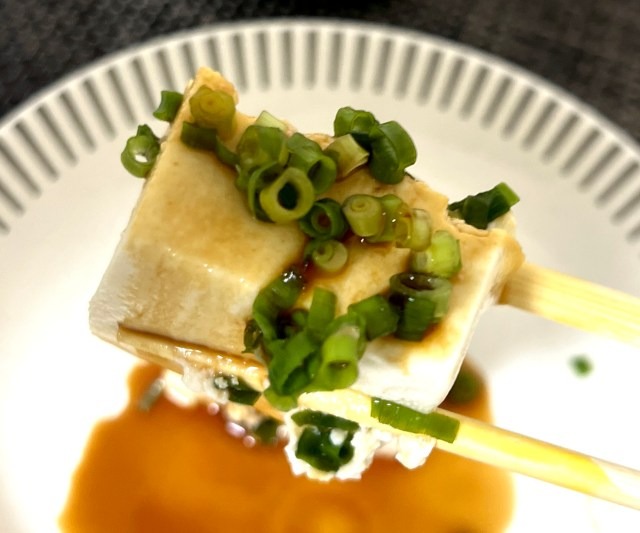
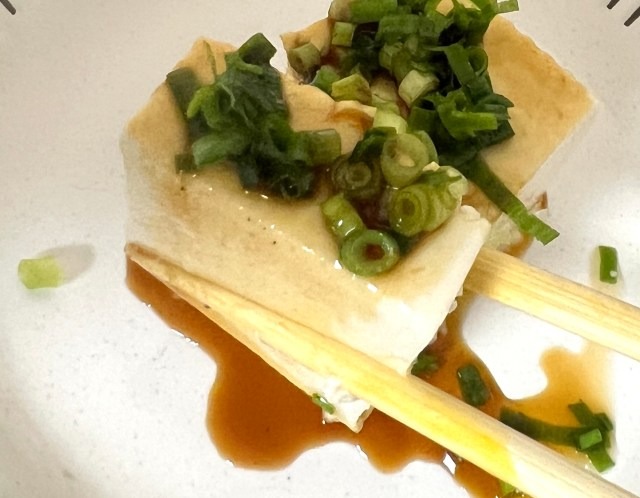
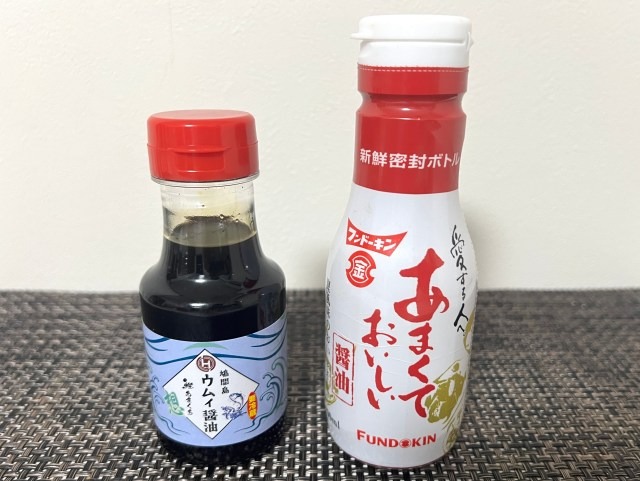
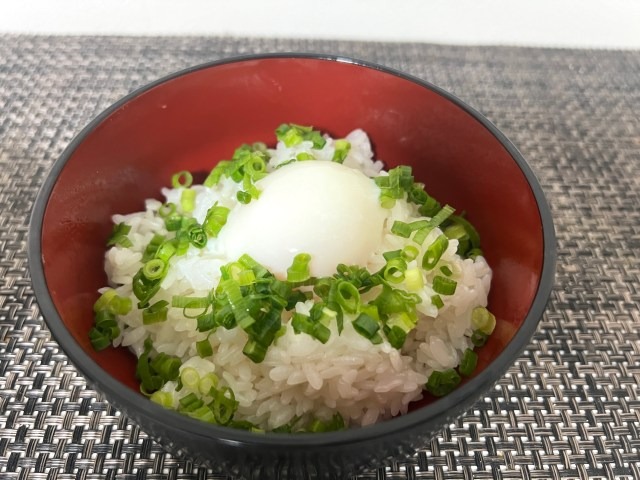
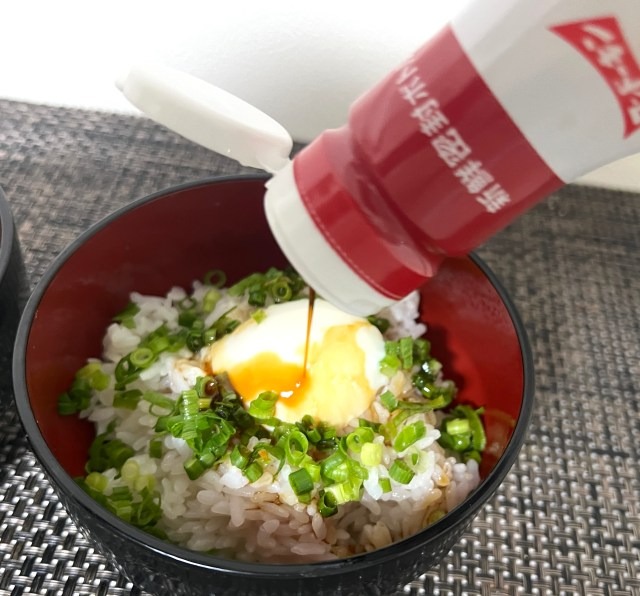
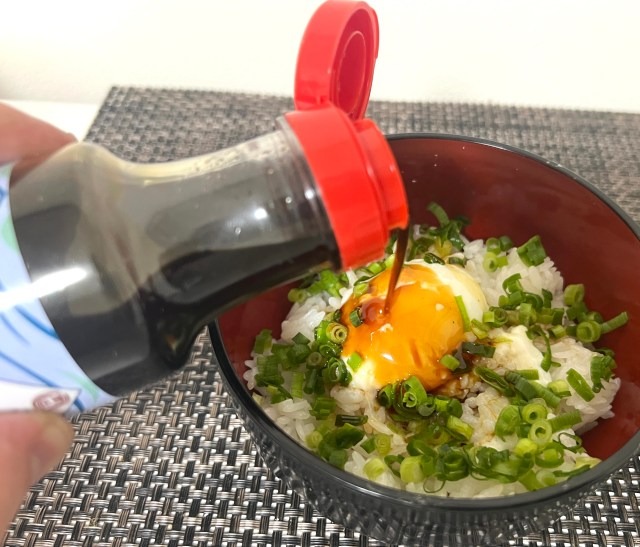
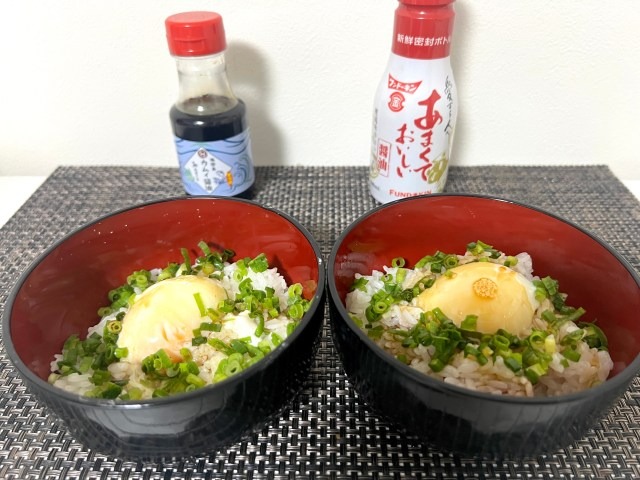

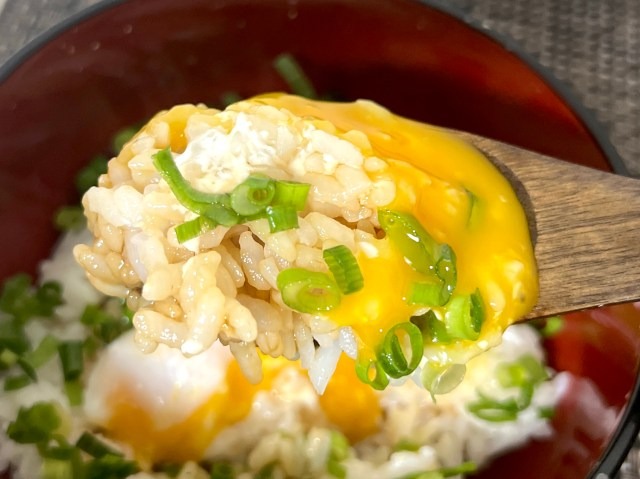
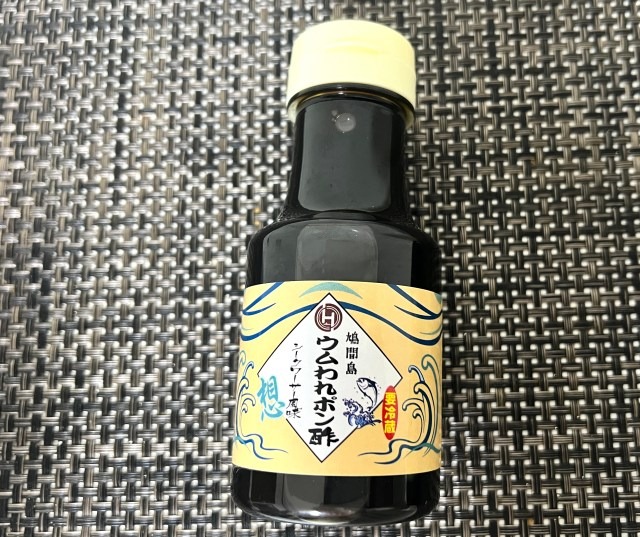
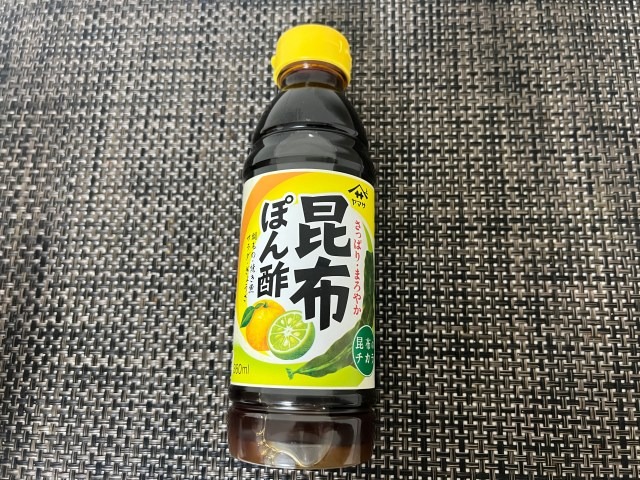
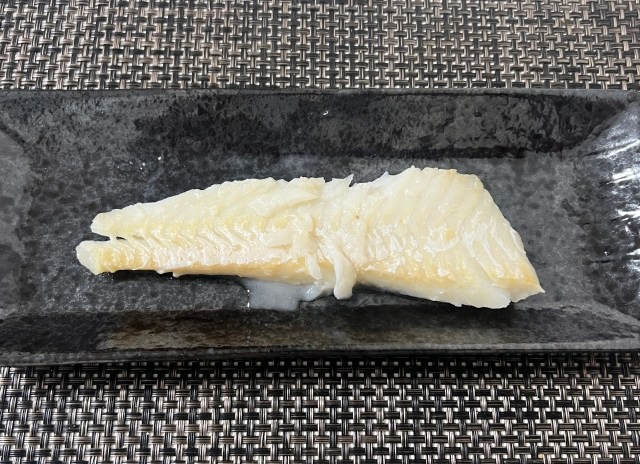
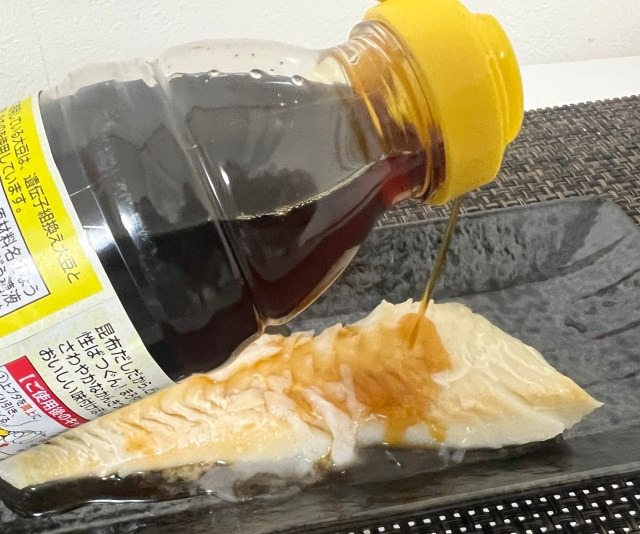
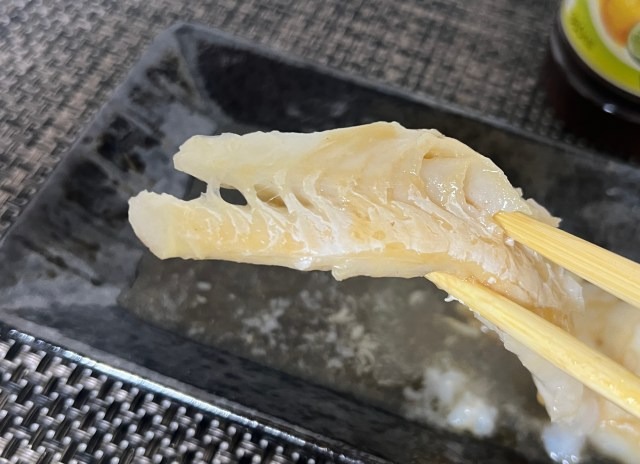
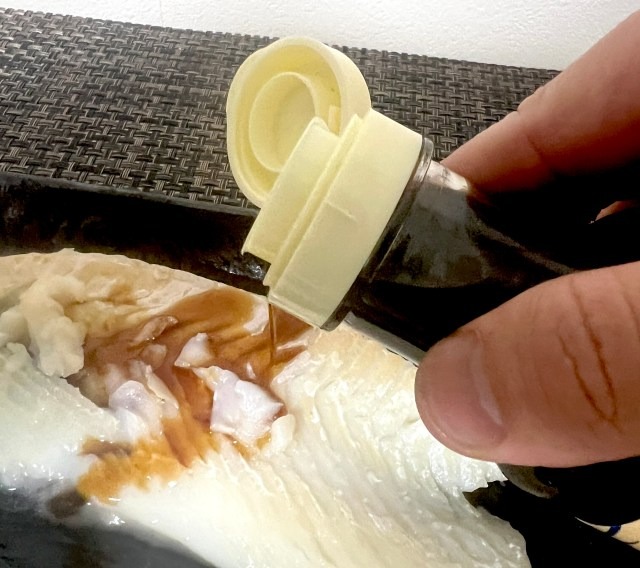
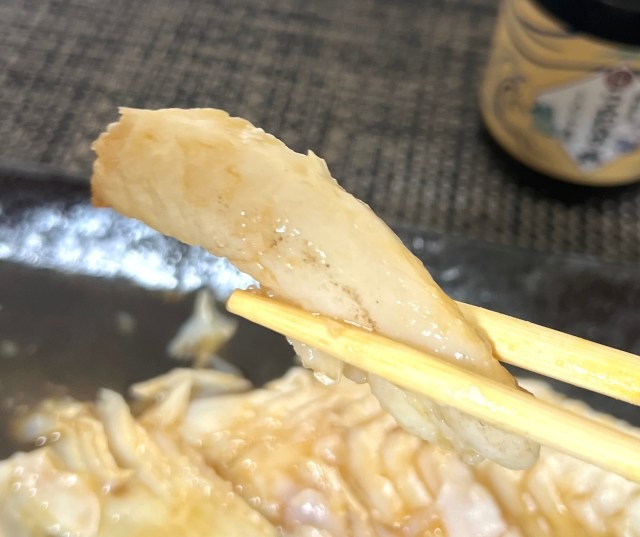
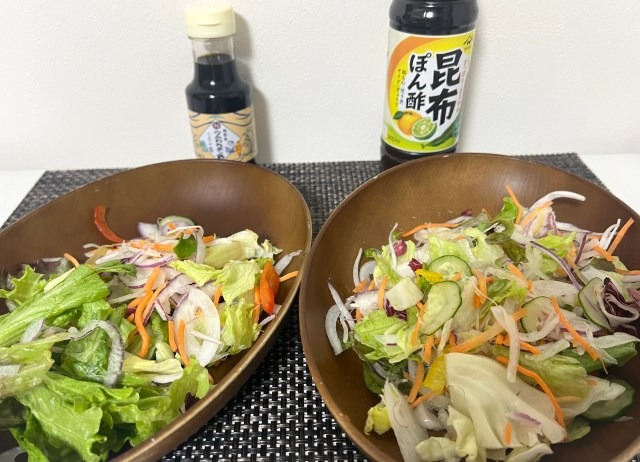

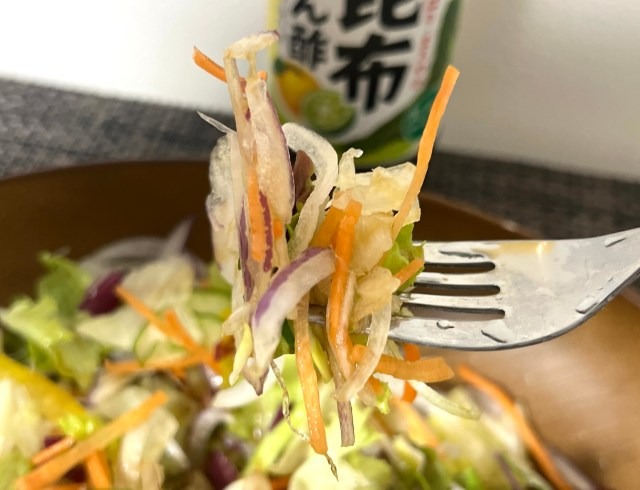
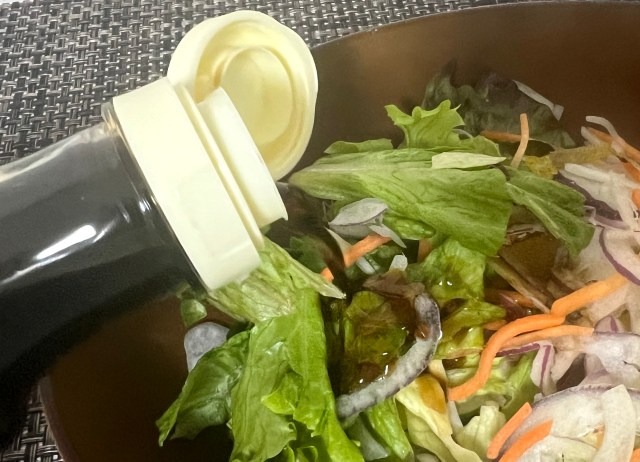

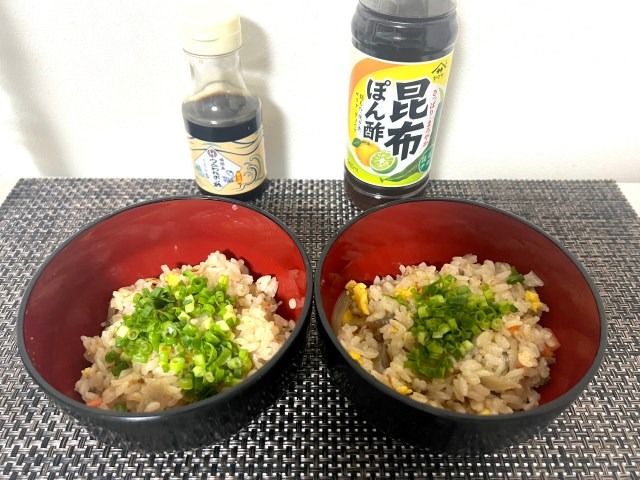
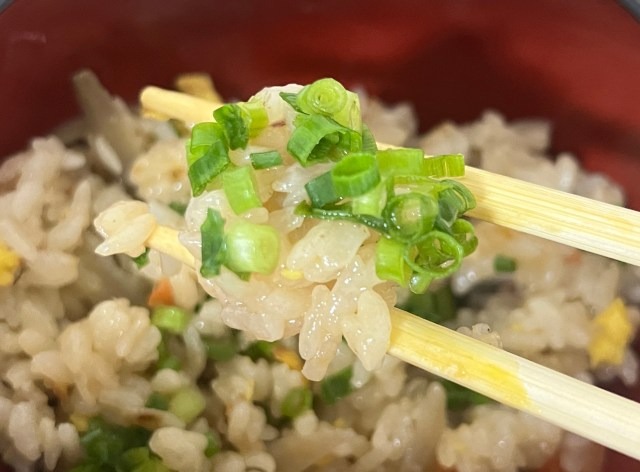
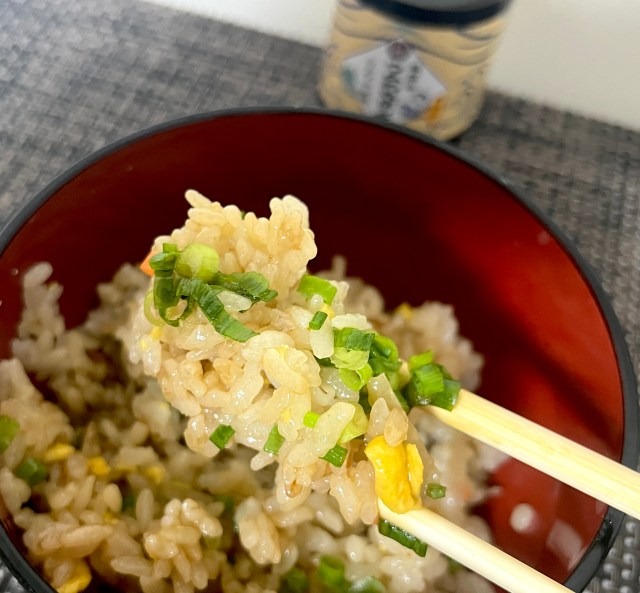
 “Hey, Japanese taxi driver, take us to the best Yaeyama soba noodles on Ishigaki Island!”
“Hey, Japanese taxi driver, take us to the best Yaeyama soba noodles on Ishigaki Island!” We eat at an Ishigaki Island hotel breakfast buffet that has incredible value for the money
We eat at an Ishigaki Island hotel breakfast buffet that has incredible value for the money We find an Okinawan chili sauce made with the rarest kind of awamori–so we had to taste it
We find an Okinawan chili sauce made with the rarest kind of awamori–so we had to taste it We visit super popular tuna specialty joint Izakaya Hitoshi on Okinawa’s Ishigaki Island
We visit super popular tuna specialty joint Izakaya Hitoshi on Okinawa’s Ishigaki Island How drunk can Awamori Jelly infused with liquor from Okinawa make us?
How drunk can Awamori Jelly infused with liquor from Okinawa make us? Foreigner’s request for help in Tokyo makes us sad for the state of society
Foreigner’s request for help in Tokyo makes us sad for the state of society Japanese city loses residents’ personal data, which was on paper being transported on a windy day
Japanese city loses residents’ personal data, which was on paper being transported on a windy day Smash Bros. director Sakurai stabs Kirby in the face, has delicious justification for it
Smash Bros. director Sakurai stabs Kirby in the face, has delicious justification for it Seaside scenery, history, and so many desserts on Yokohama’s Akai Kutsu【Japan Loop Buses】
Seaside scenery, history, and so many desserts on Yokohama’s Akai Kutsu【Japan Loop Buses】 Should you add tartar sauce to Japanese curry rice? CoCo Ichi makes diners an unusual offer
Should you add tartar sauce to Japanese curry rice? CoCo Ichi makes diners an unusual offer Red light district sushi restaurant in Tokyo shows us just how wrong we were about it
Red light district sushi restaurant in Tokyo shows us just how wrong we were about it Princesses, fruits, and blacksmiths: Study reveals the 30 most unusual family names in Japan
Princesses, fruits, and blacksmiths: Study reveals the 30 most unusual family names in Japan Ghibli Park now selling “Grilled Frogs” from food cart in Valley of Witches
Ghibli Park now selling “Grilled Frogs” from food cart in Valley of Witches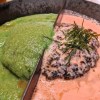 Hamburg and Hamburg Shibuya: A Japanese restaurant you need to put on your Tokyo itinerary
Hamburg and Hamburg Shibuya: A Japanese restaurant you need to put on your Tokyo itinerary Harajuku Station’s beautiful old wooden building is set to return, with a new complex around it
Harajuku Station’s beautiful old wooden building is set to return, with a new complex around it McDonald’s new Happy Meals offer up cute and practical Sanrio lifestyle goods
McDonald’s new Happy Meals offer up cute and practical Sanrio lifestyle goods Japanese ramen restaurants under pressure from new yen banknotes
Japanese ramen restaurants under pressure from new yen banknotes French Fries Bread in Tokyo’s Shibuya becomes a hit on social media
French Fries Bread in Tokyo’s Shibuya becomes a hit on social media Studio Ghibli releases new action figures featuring Nausicaä of the Valley of the Wind characters
Studio Ghibli releases new action figures featuring Nausicaä of the Valley of the Wind characters New private rooms on Tokaido Shinkansen change the way we travel from Tokyo to Kyoto
New private rooms on Tokaido Shinkansen change the way we travel from Tokyo to Kyoto Tokyo Tsukiji fish market site to be redeveloped with 50,000-seat stadium, hotel, shopping center
Tokyo Tsukiji fish market site to be redeveloped with 50,000-seat stadium, hotel, shopping center Beautiful Ghibli sealing wax kits let you create accessories and elegant letter decorations【Pics】
Beautiful Ghibli sealing wax kits let you create accessories and elegant letter decorations【Pics】 Studio Ghibli releases Kiki’s Delivery Service chocolate cake pouches in Japan
Studio Ghibli releases Kiki’s Delivery Service chocolate cake pouches in Japan New definition of “Japanese whiskey” goes into effect to prevent fakes from fooling overseas buyers
New definition of “Japanese whiskey” goes into effect to prevent fakes from fooling overseas buyers Our Japanese reporter visits Costco in the U.S., finds super American and very Japanese things
Our Japanese reporter visits Costco in the U.S., finds super American and very Japanese things All-you-can-drink Starbucks and amazing views part of Tokyo’s new 170 meter-high sky lounge
All-you-can-drink Starbucks and amazing views part of Tokyo’s new 170 meter-high sky lounge More foreign tourists than ever before in history visited Japan last month
More foreign tourists than ever before in history visited Japan last month New Pokémon cakes let you eat your way through Pikachu and all the Eevee evolutions
New Pokémon cakes let you eat your way through Pikachu and all the Eevee evolutions Disney princesses get official manga makeovers for Manga Princess Cafe opening in Tokyo
Disney princesses get official manga makeovers for Manga Princess Cafe opening in Tokyo Sales of Japan’s most convenient train ticket/shopping payment cards suspended indefinitely
Sales of Japan’s most convenient train ticket/shopping payment cards suspended indefinitely Sold-out Studio Ghibli desktop humidifiers are back so Totoro can help you through the dry season
Sold-out Studio Ghibli desktop humidifiers are back so Totoro can help you through the dry season Japanese government to make first change to romanization spelling rules since the 1950s
Japanese government to make first change to romanization spelling rules since the 1950s Ghibli founders Toshio Suzuki and Hayao Miyazaki contribute to Japanese whisky Totoro label design
Ghibli founders Toshio Suzuki and Hayao Miyazaki contribute to Japanese whisky Totoro label design Doraemon found buried at sea as scene from 1993 anime becomes real life【Photos】
Doraemon found buried at sea as scene from 1993 anime becomes real life【Photos】 Tokyo’s most famous Starbucks is closed
Tokyo’s most famous Starbucks is closed One Piece characters’ nationalities revealed, but fans have mixed opinions
One Piece characters’ nationalities revealed, but fans have mixed opinions We asked a Uniqlo employee what four things we should buy and their suggestions didn’t disappoint
We asked a Uniqlo employee what four things we should buy and their suggestions didn’t disappoint This remote island guest house may have converted our “private rooms only” traveling reporter
This remote island guest house may have converted our “private rooms only” traveling reporter Transparent soy sauce is a thing — we saw it, we tried it, we’re confused by it
Transparent soy sauce is a thing — we saw it, we tried it, we’re confused by it Mouth-watering customized Japanese cooking sauces offered by mail-order company
Mouth-watering customized Japanese cooking sauces offered by mail-order company We try hone-jiru (bone soup), a delicious Okinawan specialty hard to find on mainland Japan
We try hone-jiru (bone soup), a delicious Okinawan specialty hard to find on mainland Japan Now there’s chocolate-flavored soy sauce…for shaved ice!
Now there’s chocolate-flavored soy sauce…for shaved ice! We try the heavenly bread at Tommy’s on Ishigaki Island in Okinawa
We try the heavenly bread at Tommy’s on Ishigaki Island in Okinawa Okinawan soul fool Pork Tamago Onigiri sold not at a five-star restaurant, but at an airport
Okinawan soul fool Pork Tamago Onigiri sold not at a five-star restaurant, but at an airport You can now get fugu, Japan’s poisonous blowfish, for under a buck at revolving sushi restaurants
You can now get fugu, Japan’s poisonous blowfish, for under a buck at revolving sushi restaurants Looking to have the best night out on Ishigaki Island in Okinawa? Go to this enka pub right now
Looking to have the best night out on Ishigaki Island in Okinawa? Go to this enka pub right now Celebrate TGK Day with a classic of Japanese kitchens, but with some luxurious ingredients
Celebrate TGK Day with a classic of Japanese kitchens, but with some luxurious ingredients 7-Eleven’s new whipped cream sandwich takes Japanese convenience store food to a whole new level
7-Eleven’s new whipped cream sandwich takes Japanese convenience store food to a whole new level Can our Japanese writers guess what this pink soy sauce is by taste alone?【Video】
Can our Japanese writers guess what this pink soy sauce is by taste alone?【Video】 Disney soy sauce is now on sale in Japan—four different tastes, four cute designs
Disney soy sauce is now on sale in Japan—four different tastes, four cute designs Our natto maniac verifies the legitimacy of fermented soybean-flavored potato chips【Taste test】
Our natto maniac verifies the legitimacy of fermented soybean-flavored potato chips【Taste test】 We were blown away by Funabashi Sauce Ramen, just a short ride from central Tokyo【Taste test】
We were blown away by Funabashi Sauce Ramen, just a short ride from central Tokyo【Taste test】
Leave a Reply